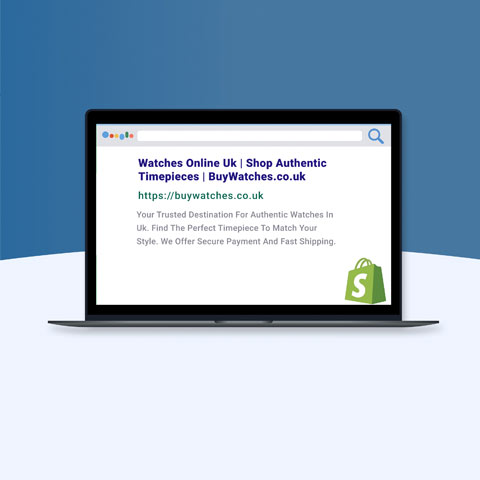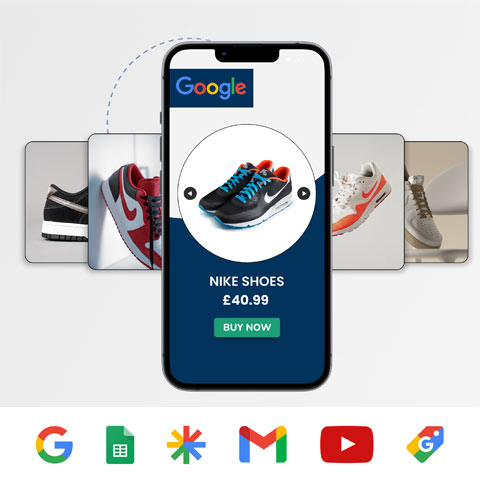Cultural Norms and Regional Nuances Make all the Difference in Cross-Border eCommerce


The prospect of entering unfamiliar markets can be intimidating. But for online retailers, expanding overseas is a crucial step toward future revenue growth. Forrester predicts that 17 percent of online purchases in 2023 will be cross-border, accounting for a total of $736 billion globally. Online shoppers are increasingly purchasing products without hesitation from countries other than their own. E-commerce merchants need to serve international customers effectively or risk missing out on significant sources of potential revenue.
Retailers looking to sell their products overseas should start by researching and consulting with experts in local markets to determine how customers in those regions prefer to absorb product information, pay for their purchases, and have their items delivered. Creating a near-frictionless end-to-end shopping experience, from product research and selection to payment and delivery, is key to maximizing conversion rates and attracting international customers to your brand.
Localized Information
Before international customers even consider making purchases, they need to find product information that’s relevant, easy to understand, and makes sense in their native languages. Displaying product information in a language or unit that international customers don’t understand significantly reduces conversion rates and can be a costly mistake for online retailers. Inaccurate information often makes it difficult for customers to find products and greatly increases the risk of returns. E-commerce returns in the United States are projected to cost companies more than $550 billion in shipping fees alone by 2020, according to Statista. Many of these returns, especially in the apparel category, are the result of incorrect product data about sizing and measurements.
However, entering international markets requires more than just translating website text into other languages and converting product sizes into local measurements. E-commerce companies need to adhere to cultural norms and observe regional nuances within new markets. To develop truly compelling e-commerce sites for a variety of international audiences, companies should endeavor to offer not just translations of existing information, but actual “transcreations” — i.e., new online content that conforms to a marketing team’s standard messaging and positioning, while still fitting local cultures and trends.
Merchants need to determine which types of products will be most popular in different regions. For example, in the fashion industry trends vary greatly from country to country. Vogue reported in 2018 that sales of wrap-style dresses went up 262 percent in France, while maxi dresses were all the rage in Spain, with sales increasing by a whopping 377 percent.
Retailers also need to understand how customers from different countries want to shop and learn about products. Do they prefer lengthy product descriptions, images or videos? Do they like to see other people interacting with and reviewing products? If consumers don’t get product information that’s relevant and emotionally resonant, they won’t bother purchasing anything from your website.
Frictionless Payment
For customers, nothing takes more away from the joy of shopping online like hitting a snag in the final stage — the payment process. In a survey by Baymard Institute, an e-commerce user experience research firm, 29 percent of respondents said they abandoned at least one online purchase in the previous three months because the checkout process was “too long or complicated.”
When entering new markets, it’s important to find out which payment methods prospective customers use every day. Credit cards and PayPal are no longer the only options. Alternative payment methods such as Alipay, Unionpay, and WeChat are rapidly gaining international market share.
E-commerce merchants that offer a region’s most popular payment options see higher conversion rates in those areas. Customers often don’t have the time or patience to set up new payment methods or user accounts. Innovative payment options are being added all the time, and consumers expect merchants to keep up.
Fast and Affordable Shipping
E-commerce merchants also need to determine how their customers will want their products delivered. Expensive or delayed shipping is enough to drive many customers to competitors’ sites. According to the Baymard Institute, 55 percent of respondents said they abandoned at least one online purchase in the previous three months because shipping fees or taxes were too high.
Many merchants offer free or flat-rate shipping if customers spend a minimum per order. Some also increase transparency and reduce sticker shock by adding price calculators before checkout, taking taxes and shipping fees into account and showing shoppers their estimated cart totals before they finalize their information for checkout.
Merchants should also offer multiple shipping options — including more expensive options like two-day or overnight shipping — for customers who need products quickly. Another common reason that consumers abandon shopping carts is learning that their items will take too long to arrive. International shipping can make this problem even more complex.
Moving into global markets requires a significant amount of research and planning, as well as trial and error. But those efforts are well worth the time and investment. E-commerce sites that are localized, relevant to specific regions, and that allow customers to explore new products in their own languages and currencies have the potential to tap into brand new revenue streams and exponentially grow businesses. However, merchants that fail to do their homework before they expand into new markets risk making their products far less visible and relevant to the rest of the world.
Want more like this?
Want more like this?
Insight delivered to your inbox
Keep up to date with our free email. Hand picked whitepapers and posts from our blog, as well as exclusive videos and webinar invitations keep our Users one step ahead.
By clicking 'SIGN UP', you agree to our Terms of Use and Privacy Policy


By clicking 'SIGN UP', you agree to our Terms of Use and Privacy Policy
Other content you may be interested in
Categories
Categories

Want more like this?


Want more like this?
Insight delivered to your inbox
Keep up to date with our free email. Hand picked whitepapers and posts from our blog, as well as exclusive videos and webinar invitations keep our Users one step ahead.
By clicking 'SIGN UP', you agree to our Terms of Use and Privacy Policy





![[Research] Apps: The Secret Engine of Ecommerce Growth [Research] Apps: The Secret Engine of Ecommerce Growth](https://images.bizibl.com/sites/default/files/apps-and-web-similarweb-480.jpg)



